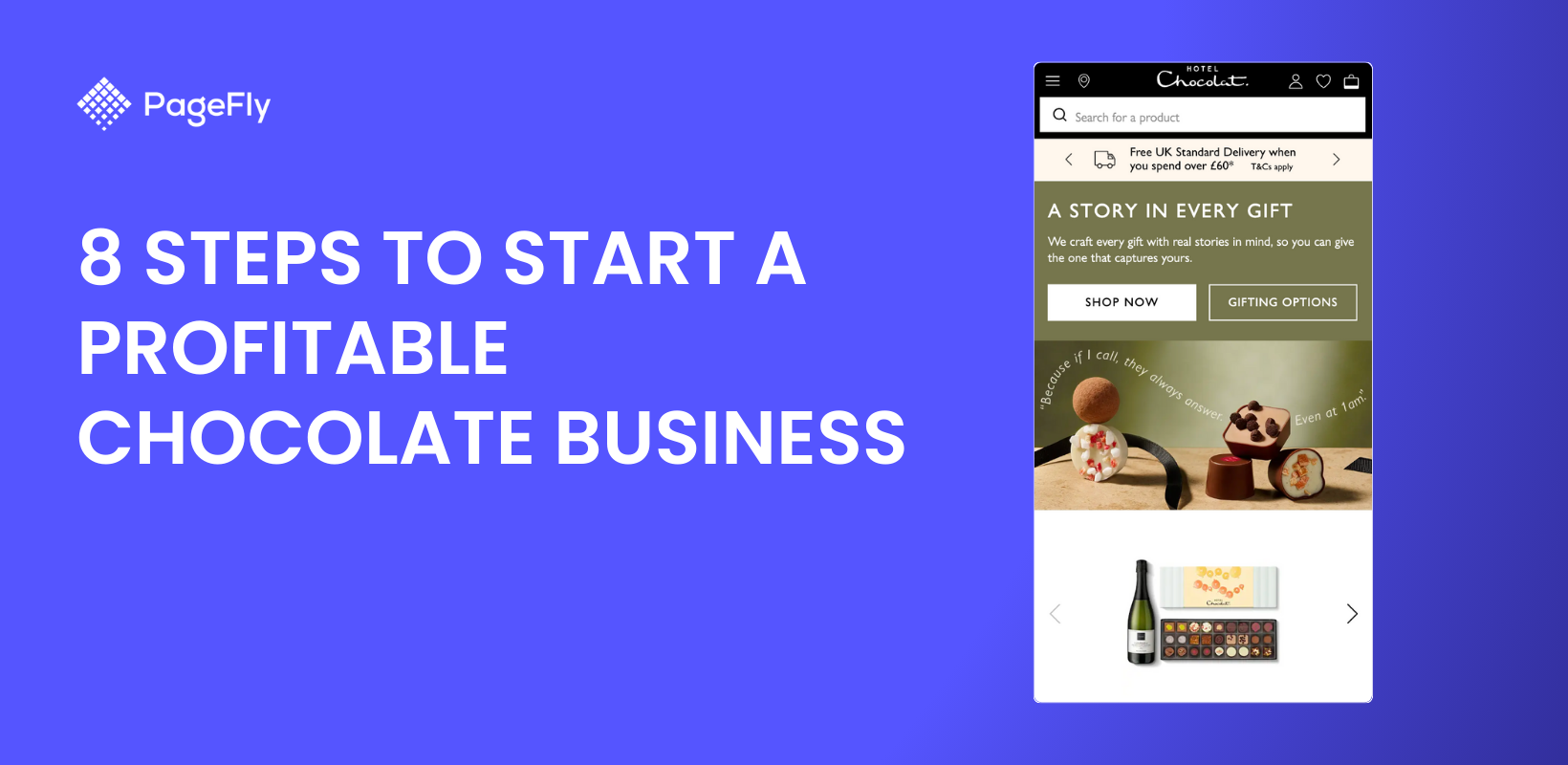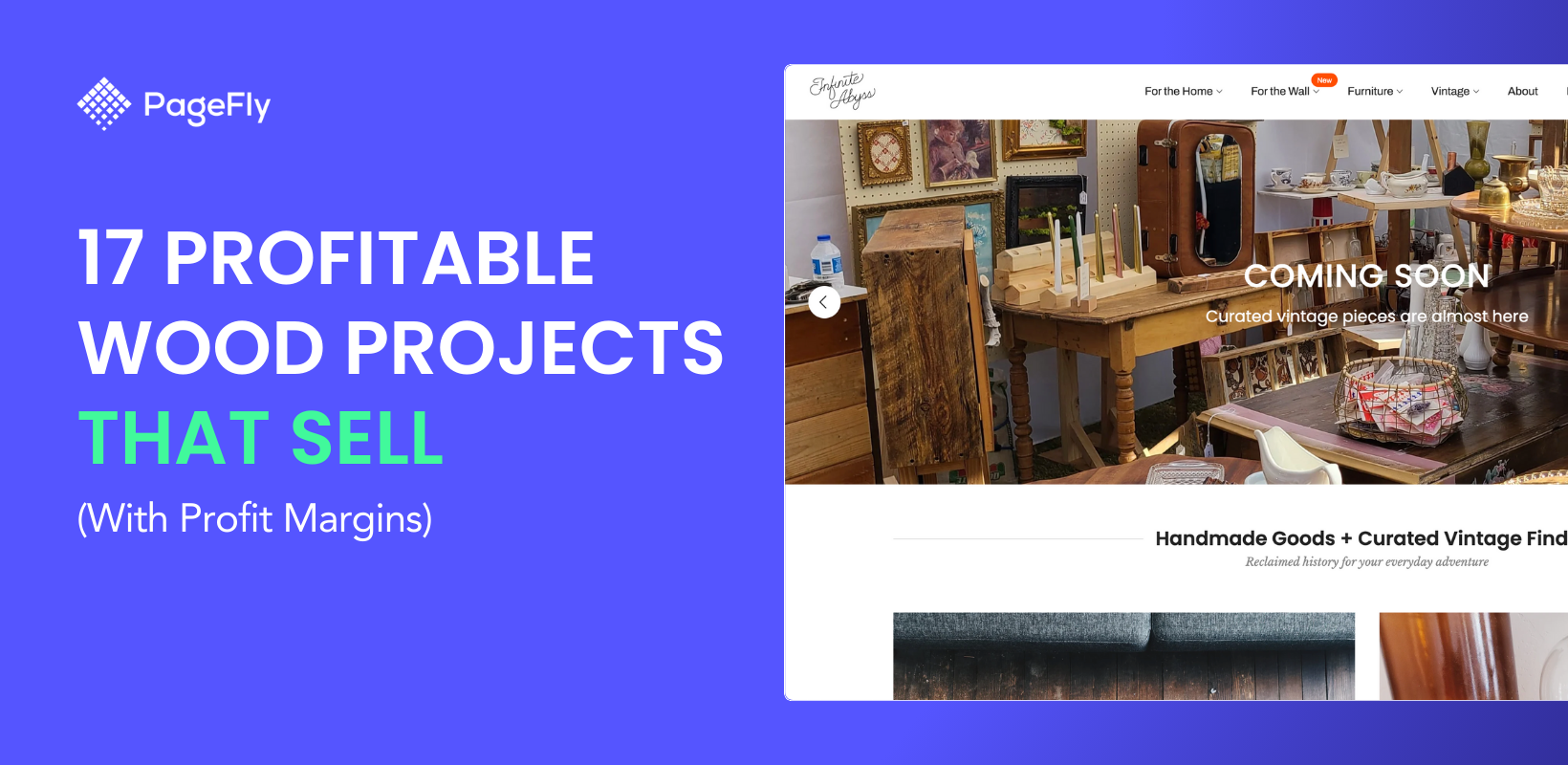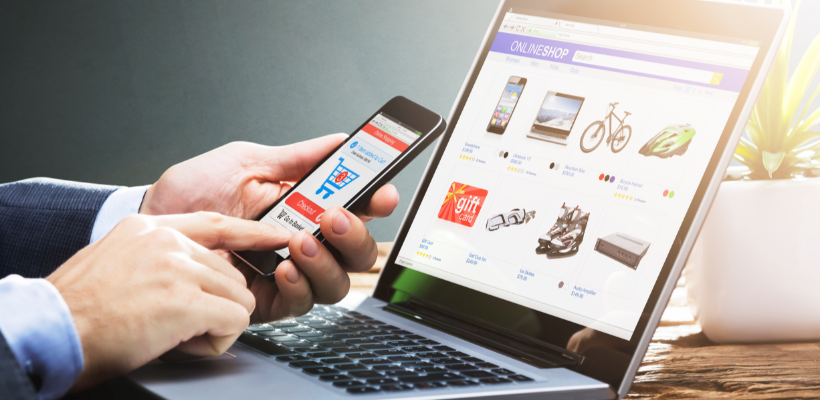eCommerce is evolving at an unprecedented rate, and there is a lot of focus on recent emerging trends. To be more exact, more people are buying things online compared to store walk-ins. As a result of technological advancements, eCommerce marketplaces now feature markets for both new and used products.
That's where reCommerce comes in!
It's a fast-growing eCommerce market segment, especially among the younger consumers commonly dubbed as millennials and Generation Z.

According to 1gnite, the total worldwide apparel market is projected to reach $55 billion next year.Such massive growth in the reCommerce sector automatically suggests a tremendous shift in consumer behavior as well as shopping habits.
This is why numerous reCommerce platforms are popping up online with a particular focus on upcycling items for resale, especially clothing and luxury items.
Interestingly, reCommerce commonly has a shallow entry barrier. Depending on the type of products you want to focus on, it should allow you to do it on a full or part-time basis.
This article looks at reCommerce and details how it works, key trends to keep in mind, how to get involved in it, essential considerations, and some top examples for inspiration.
I. What Is Recommerce?

To set the record straight, you should know that recommerce is a subset of e-commerce.
Recommerce commonly goes by many name variations, e.g., reverse commerce, re-commerce, and re-ecommerce. But it primarily refers to the act of reselling pre-owned items in a secondhand market through an online store.
It often spans several different items, which sometimes includes refurbishing old products. Although the apparel resale market usually has the largest market share, other goods like furniture, art, and electronics are steadily growing.
Therefore, adopting such a business model gives businesses more options when entering the market. Think of it as a resale program that allows businesses to capitalize on the broader retail market.
Today, numerous recommerce marketplaces exist, which gives resellers and off-price retailers the unique opportunity to diversify and adopt a multi-channel approach. Some famous examples that you might already know of include eBay, Facebook marketplace, and Amazon.
Ideally, online resale platforms use a similar model that allows resellers to list products for free but get a commission on every sale.
With the secondhand market set to reach $64 billion in the next two years, the recommerce marketplace is increasingly becoming more environment-friendly. This concept is commonly known as ecological recommerce. This concept aims to minimize overall environmental impact by recycling products and adequately disposing of items with high pollution value.
01. How Does Recommerce Work?
We all have something that we can resell. This is why recommerce is becoming more and more popular today.
Online platforms and reCommerce brands alike allow you to list secondhand goods on their sites for reselling and mail them to customers for a payout. Many brands often charge a commission for every product sold through their site.
But, becoming an ecommerce retailer allows you to set your resale options compared to using a third-party resale program like Amazon.
02. How Popular Is Recommerce Today?
The rising recommerce popularity is mainly attributed to the shift in consumer consciousness towards environmental and ethical responsibility. These consumers often want to minimize their ecological footprint proactively.
As a result, they keenly scrutinize how wasteful companies are. It is increasingly common for more established brands to receive backlash whenever they fail to handle their waste well.
But this trend does not end with sustainable brands alone, as 88% of consumers picked up a new hobby during the pandemic that they are more likely to pursue. During this time, technology played an integral role in shaping eCommerce, as reselling brands explored the use of different prebuilt marketplace solutions for various electronic devices to reach their customers.
Something that is set to continue and worth considering when thinking about recommerce.
The growing consumer demand and technological advancement are scaling recommerce popularity to greater heights. These provide the necessary market and solutions for businesses and people to source rare products and resell them at premium prices.
03. Important Recommerce Trends
Due to the Covid-19 pandemic, many people are constantly reevaluating their shopping habits, especially among the younger consumers compared to the older customers.
The Thredup resale report highlights that the recommerce market is set to double and hit $77 billion in the next five years. Basking at an all-time high at $36 billion in the past year, resale is projected to grow 11 times more by 2025, with second hand curated accessories driving growth.
With a massive supply of clothing to be resold and how easy it has become for people to purge their closets and resell previously owned goods online, GlobalData estimates a growth of up to 118.8 million new future sellers then.
Further report findings suggest that many customers are eager to buy more secondhand items soon based on comprehensive consumer surveys. So, it's clear that the recommerce trend is set to reach new heights.
II. Why Should Businesses Encourage Recommerce?
You can already tell that the recommence business model has many benefits. It allows resellers to earn money from items they do not want, and buyers get quality merchandise at fair prices with discounts.
Furthermore, it is a sustainable model since the products are reused instead of being thrown out as rubbish. If this aligns with your organizational values and culture, you should consider recommerce.
Some of its main benefits include:
- It helps to extend the lifespan of old products by either reusing or upcycling them.
- It provides a unique opportunity to use different products repeatedly, reducing landfills and minimizing overall production cost to the environment.
- It's a quick way to make money or get a good product at discounted prices.
- It generally helps to prevent the impacts of consumerism.
In general, businesses need to encourage recommerce because it helps increase sustainability, foster affordability, and promote better consumption.
With a more eco-conscious generation as a whole, recommerce will be a critical driver behind every buying decision moving forward. As a matter of fact, Gen Z Insights projects that at least a third of the younger generation will buy at least one secondhand apparel, accessory, or shoe each year.
With 56% of modern-day customers willing to pay more for sustainable products, more niche companies are expected to enter recommerce in very creative ways—for instance, using recycled fabrics or reprinting vintage clothes to tell a new narrative.
Better yet, the internet is set to open up lucrative possibilities for secondhand markets around the world, making the business more viable and profitable.

III. How To Get Involved With Recommerce?

If you have been following this guide keenly, I trust that it's now evident that recommerce often adds an invaluable retention value to the traditional customer journey. If brands are facilitated, managed, and marketed well to their target audiences, campaigns featuring recycle incentives, buybacks, and part exchanges often enhance core brand values and boost profitability.
But be careful to adhere to the different laws and regulations regarding waste and ensure that your campaigns support them for better results when getting involved.
For major brands, recommerce usually offers a unique way to get high-end products in the hands of a bigger clientele, but this often brings major concerns for others.
In most cases, recommerce usually facilitates a broader global spread. Brands need to consider owning up sales by partnering with third-party solutions that help repurpose products.
For those with bulky inventories, it is common to have outdated products that might still be in a saleable condition or have to deal with lots of returned goods. Selling such items through other recommerce platforms is not always viable.
Instead, you might want to get involved in it directly by including a recommerce section on your eCommerce website and reselling them at discounted prices. For instance, you can use the 'sale' category on your store website to resell outdated merchandise and return products at a discount without paying for any recommerce commission.
Furthermore, look for an affordable shipping solution to reduce your expenses by reselling goods from your site.
But several factors come with managing recommerce by yourself. Here are some of the main ones to consider:
- Shipping logistics like how the products are going to be processed, shipped and delivered to the customer
- Website considerations like whether to create a different category for secondhand items
- Systems & IT protocols for managing SKUs (stock-keeping units)
- Customer relations recourse like which channels will help provide prompt customer support services to recommerce customers
- Pricing points for the different types of secondhand items being sold on your online store
- Product treatment alternatives and repairs
- Omnichannel options to use for the recommerce model

And here are some essential tips to help you make the most out of the recommerce model:
- Use high-quality images to showcase your products
- Make your product description engaging, creative, original, and interesting
- Be honest about the products to minimize returns
- Offer good customer support services and remember to be courteous at all time
- Refine your campaigns to focus on your target market for more sales
- Stay relevant across all media to engage and attract new customers
- Offer purchase incentives like discounts to entice buyers
- Process and fulfill orders quickly for good reviews
- Keep up with relevant trends
- Customize your recommerce page or section accordingly
Both companies and individuals have equal opportunities to get involved in recommerce. Just be sure to research the market, keenly explore your interests first carefully, and you will be reselling goods in no time.
For your information, PageFly offers an accessible but complete package that can help you build and customize your store for recommerce.
IV. Examples
01. Vestiaire Collective
Vestiaire Collective is a third-party recommence site that mainly deals with luxury consignment. They are widely known for their keen eye for detail since all goods have to be approved before going live on the platform. Once listed and sold, they will specifically send for them and take care of any returns. The site will charge you $25 for sales under $70; 33% for sales between $70 and $140, and 31% for sales between $140 and $345.

02. Reverb
As the name suggests, Reverb is a U.K.-based musical instrument and equipment retailer. Acquired by Etsy in 2019, they predominantly sell secondhand music gear.
But they have recently been encouraging brands and retailers to sign up and sell exclusive lines or open-box products for one-off sales through the platform.

Since they started to curate and sell high-profile artists-own pre-loved gear across the site, Reverb has been able to build a flourishing niche consumer base while at it.
03. Poshmark
Poshmark is an excellent example of a famous recommerce brand that allows businesses and individuals to list their derivative products for reselling on their mobile app or website. When a customer buys your product, Poshmark will send you a shipping label and an address for you to package and arrange for its delivery. The site usually charges a flat rate of $2.95 for sales below $15 and 20% for sales beyond $15.

04. Stock X
Stock X is widely popular in the sneakers realm and a self-acclaimed 'world's first stock market for things.'
It is a recommerce platform where sellers place asks and buyers place bids. If you're wondering, transactions here only happen when the ask meets a matching bid, and it's automatic.
The Stock X team carefully 'authenticates' every product, and all shipments have to go through their authentication hub. Thanks to their loyal customer base, Stock X can partner with key brands and facilitate one-off releases.
The site commonly charges a 3% payment processing fee on all sales coupled with a transaction fee usually determined by the seller level as stated in the StockX Seller Program. Be sure to read the fine print first.

05. RealReal
RealReal is a consignment company that focuses on luxury home décor, art, clothing, and jewelry. They primarily provide retailers with a prepaid shipping package for you to send your goods to be then authenticated. They use the sliding scale paying system, where sellers get 55% for goods priced below $1500 and up to 60% for goods priced between $1500 and $10000.

V. Conclusion
Recommerce trends are scorching hot, with younger consumers expected to change the business landscape. The secondhand market value is likely to skyrocket up to $51 billion next year.
As an eCommerce store merchant, you must be thinking about whether involving your business in recommerce could work for you and possibly use it as a passive income stream on your store or not.
Well, a thriving recommerce marketplace could work for you if your overall model supports sustainability. After all, we are set to see significant cultural shifts, with shoppers increasingly preferring to purchase pre-owned goods to brand-new ones.
This article clearly explains what recommerce is, how it works, key trends to consider, its benefits, essential tips to make the most out of it, and some examples to inspire you.
PageFly can help you design, build, and customize your recommerce pages effectively if you choose to get involved. Why not sign up for free now and see how we can help!





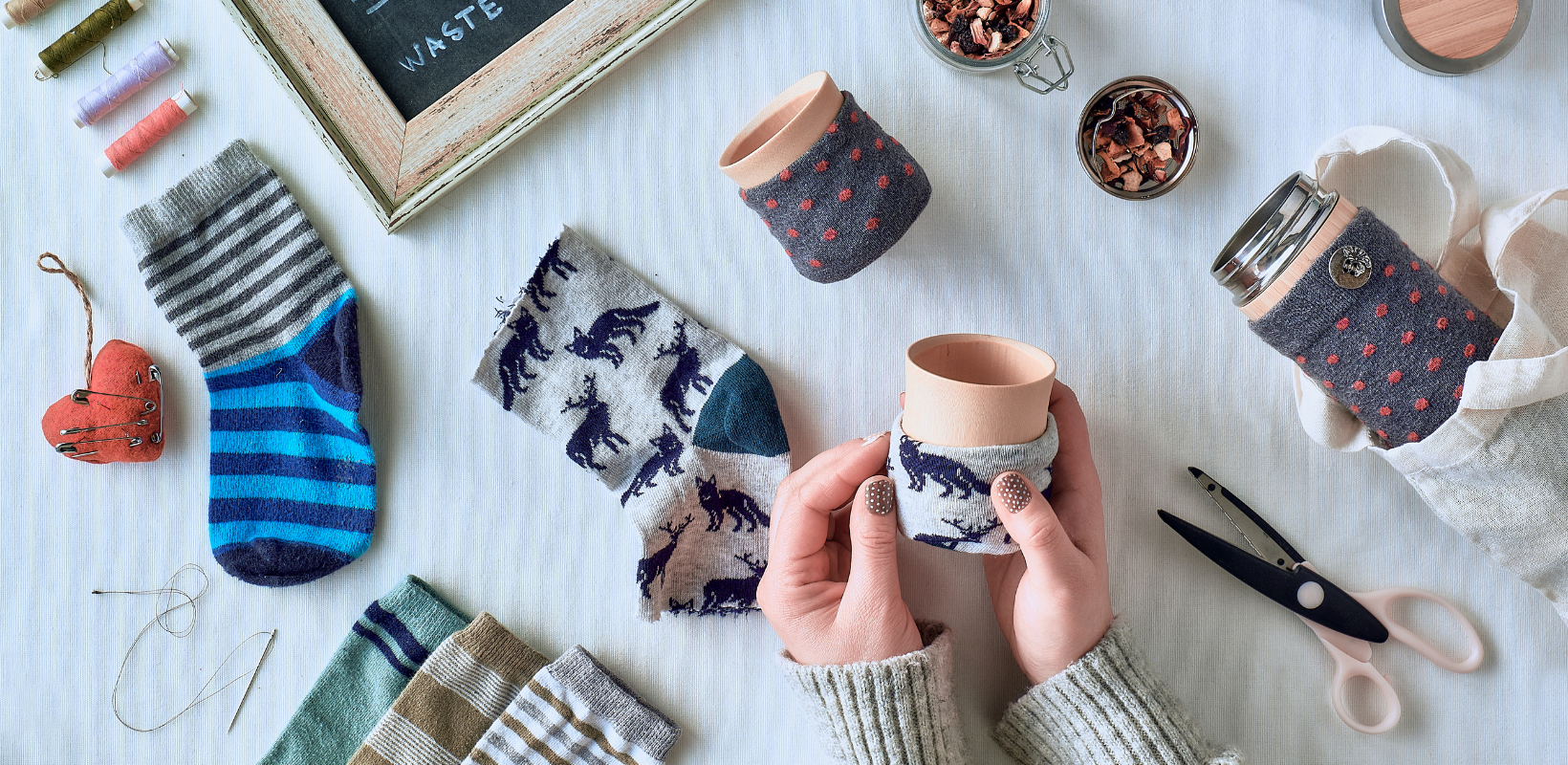


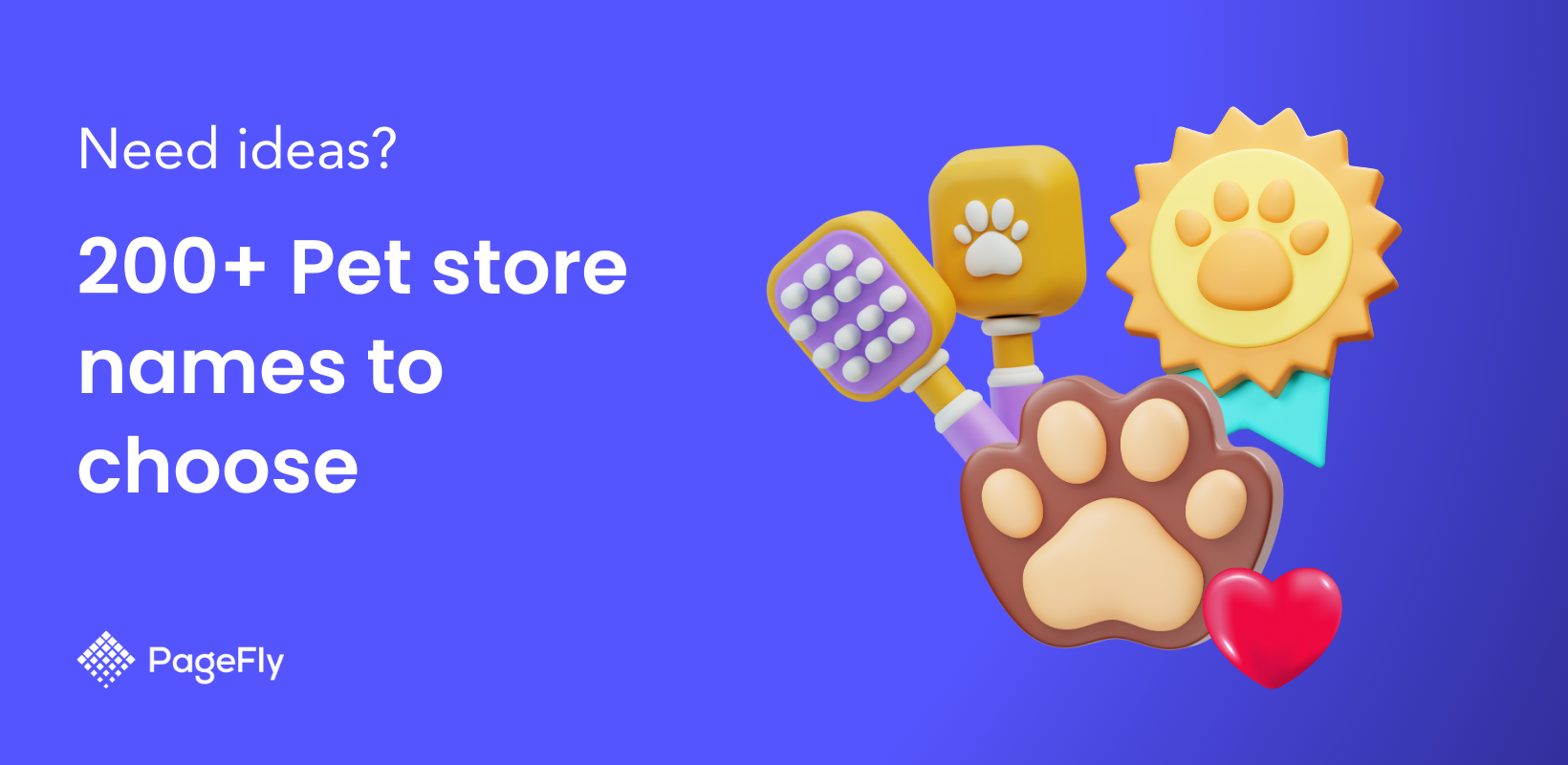
![14 Profitable Small Food Business Ideas for 2025 [Real Numbers]](http://pagefly.io/cdn/shop/articles/1_58b587d2-13db-4aa6-8c19-e40f5c88d3eb.jpg?v=1758255771&width=4460)
![Art Business Names: 350+ Ideas + Free Generator [2025 Updated]](http://pagefly.io/cdn/shop/articles/art_business_name_e94a54e9-d325-4ba3-94ab-7b4297952312.png?v=1760062968&width=1640)

